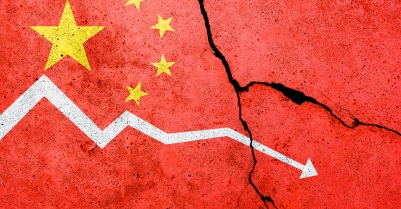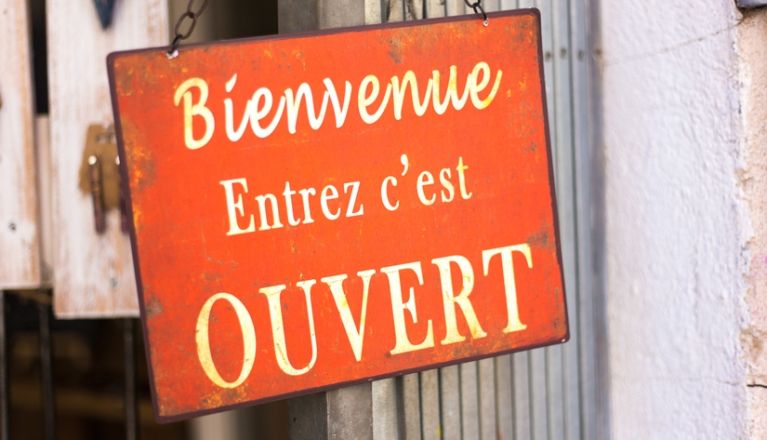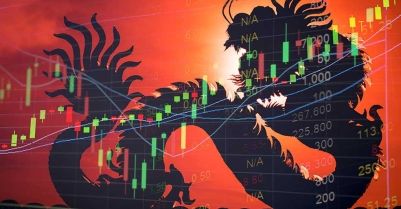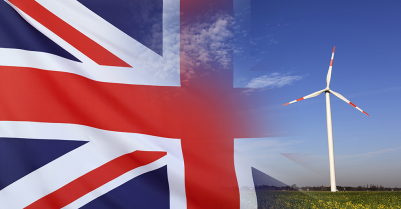-
View article
 #Economy
#EconomyChina: confidence, price war and credibility are the watchwords in this early part of the year
2024/03/26
As France’s recovery falters slightly, its stimulus package takes shape
After automatically bouncing back once lockdown ended, as construction work resumed and shops reopened, the recovery in activity has slowed over the summer. The consumer spending catch-up effect seen in May and June appears to be lessening, as shown by household consumption of goods, which rose only 0.5% in July, compared with increases of 35.5% in May and 10.5% in June. It is now close to its pre-crisis level, while consumption of services remains more depressed.

Despite once again rising in August, Insee’s business climate indicators also suggest that the recovery is slowing somewhat. In both manufacturing and services, the rise in the business climate indicator is mainly due to the sharp improvement in the balance of opinion on past activity, which looks at production over the past three months. Conversely, the personal production outlook deteriorated slightly in August, while the expected increase in the workforce rose by just one percentage point, remaining below its historical average. Similarly, expected activity in services declined slightly in August. While IHS Markit PMI surveys are more favourable, remaining above the 50-point mark and thus indicating that the economy is expanding, they declined slightly in August and a breakdown of the balances of opinion making up the indices paints a similar picture, reflecting perceived uncertainties as to the future. These uncertainties are linked in particular to the recent upswing in the number of COVID-19 cases and the imposition of stricter public health measures over the past few weeks.
Provided the public health situation improves and confidence is restored, households should begin to spend some of the savings built up during lockdown; combined with the recently announced stimulus package, this should support the recovery. The government presented its €100 billion “France Relance” stimulus package last Thursday. The package, which hinges around three themes (ecology, competitiveness and cohesion), aims to support businesses, jobs and investment in the ecological transition. Headline measures include €20 billion-worth of cuts in business output taxes, which will mainly benefit SMEs and mid-tier enterprises; investment in green infrastructure (renovation of buildings, transport, green energy, etc.); and employment aid (extension of the furlough scheme for certain sectors, training, and help to enter the job market for young people).
The stimulus package also includes new measures aimed at strengthening the capital of microbusinesses, SMEs and mid-tier enterprises. Given the deterioration in businesses’ balance sheets and the sharp increase in their debt, the aim is to go beyond providing short-term cash flow support and strengthen the capital of microbusinesses, SMEs and mid-tier enterprises to restore their investment capacity through two measures:
- A new “stimulus” label to identify those financial investments most likely to contribute to a lasting economic recovery, with the aim of channelling savings into long-term funding for SMEs and mid-tier enterprises, notably via funds invested in mandatory convertible bonds.
- Equity loans granted by banks (long-term loans equivalent to near-equity funding). Most of these equity loans would be refinanced via funding from professional investors (insurers, asset managers, etc.). Central government has budgeted for €3 billion-worth of government guarantees to back €10-20 billion-worth of equity loans, enough to help strengthen the capital of 10,000-20,000 microbusinesses, SMEs and mid-tier enterprises.
The stimulus package unveiled last week offers clear supply-side support for the coming years, with cuts in output taxes as its flagship measure for businesses. While the lack of demand-side support measures may seem surprising, households are sitting on substantial savings built up during lockdown which should, when spent, support consumption. This translates into €100 billion of additional savings that could be put to use over the next few quarters, on top of the €100 billion included in the stimulus package. However, high levels of uncertainty over the economy and the public health situation mean households will probably maintain substantial precautionary savings, particularly with fears over unemployment still high.
While any return to normal levels of economic activity remains contingent on the changing public health situation, the government’s package is designed to inject fresh momentum into the economic recovery and provide support that will make a lasting impact through forward-looking investment in competitiveness and the ecological transition. Furthermore, the government’s stated goal for this package is to boost growth by 1.5 percentage points and create at least 160,000 jobs in 2021.
Full details of how the plan is to be funded are not yet forthcoming. €40 billion should come from the European recovery package approved at the beginning of summer, with the remainder probably funded through increased public debt. The government has dismissed any possibility of a return to austerity over the next few years as a way of offsetting spiralling public debt resulting from stimulus measures and reduced GDP this year, and has ruled out tax hikes and significant spending cuts. It is instead banking on boosting medium-term growth potential so that investments made today will create the wealth needed to repay them over the coming years.
Pierre Benadjaoud










